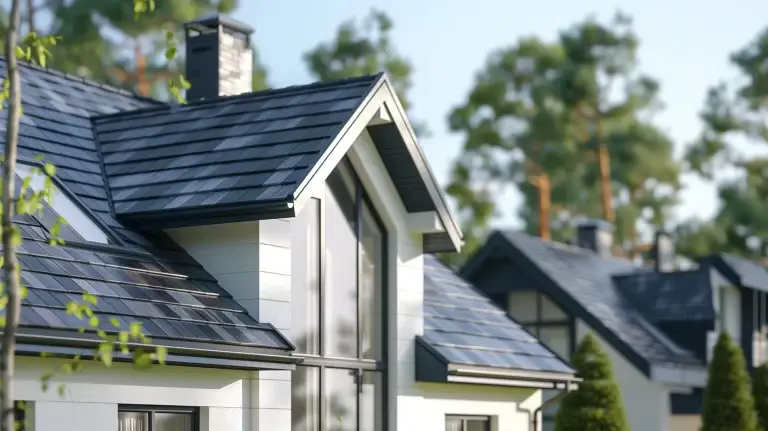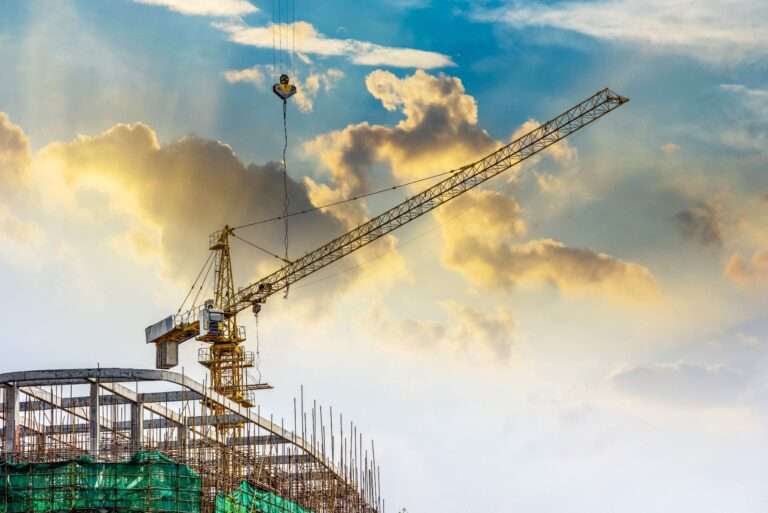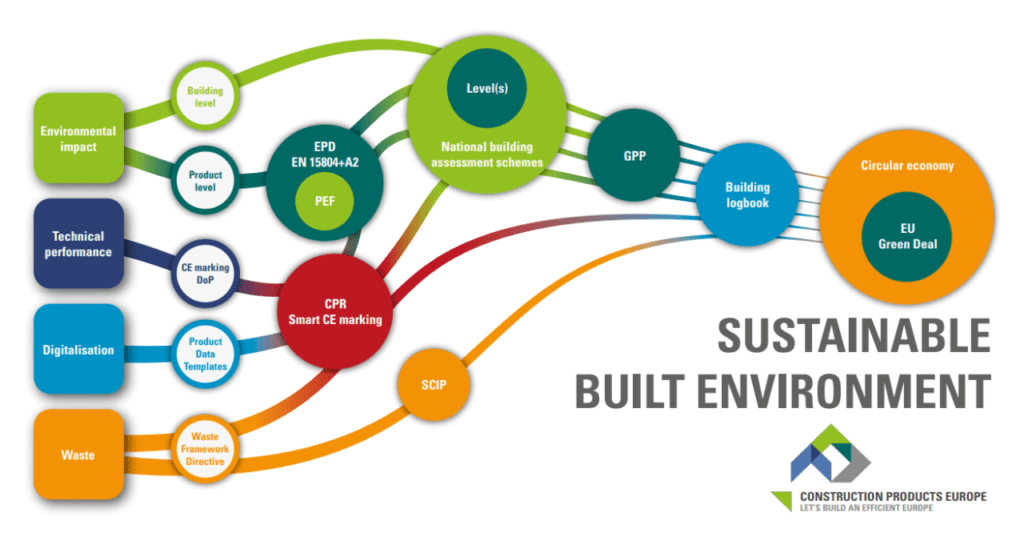
- Industry News
- 5 min read
The new EU taxonomy will increase construction costs by up to 20%.
The incoming EU taxonomy, which is set to go into effect in late 2024, is expected to be a game changer for the construction industry. However, great change comes at a high cost: industry insiders predict that construction costs could rise by 20%. Let’s look into the reasons for this significant financial uptick.
At its core, the EU taxonomy is a bold initiative to direct financial flows toward sustainable investments, which are critical to meeting the EU’s climate targets, including the ambitious 2050 climate-neutrality goal. The taxonomy includes a strong classification system for determining what constitutes environmentally sustainable economic activity. The EU’s taxonomy addresses greenwashing, providing transparency and clarity for investors, companies, and policymakers (Finance EC, SP Global).
To be classified as “sustainable,” activities, including construction and renovation activities, must meet stringent criteria that contribute to environmental objectives while not significantly compromising other objectives. Additionally, they must follow certain labor and human rights standards (SP Global).
Why the higher price, then?
Compliance with these mandates necessitates investment—a lot of it…
To comply with the taxonomy, construction companies will need to revamp their operations, which will include upgrades to environmentally friendly technologies, the procurement of sustainable, low-emission materials with Environmental Product Declarations (EPDs), and comprehensive green building training programs for employees. According to SP Global, construction costs are expected to rise by upwards of 20% simply due to these necessary adjustments (SP Global).
Aside from the direct costs of complying with the taxonomy, there are other factors that will add to the financial burden. Companies are subject to detailed reporting and disclosure obligations under the EU taxonomy, which are intended to increase transparency and accountability in their sustainability efforts. Meeting these requirements entails a significant administrative workload, which results in higher operational costs. While these efforts aim to reduce the possibility of “greenwashing,” they inherently inflate the immediate financial outlay for businesses (Finance EC).
Find materials that comply.
We’re leading the way in providing construction materials that align with EU taxonomy requirements. Our composite products, which include everything from roof products to home and landscape products, are intended not only to meet the EU’s sustainability standards but also to provide cost-effective, durable, and virtually maintenance-free alternatives to traditional materials. We can therefore serve as a strategic partner for those seeking to navigate the financial impact of new regulations while committing to sustainable development.
Remember, the transition to sustainability is no longer optional; it is a mandate that forces the construction sector to fully adapt. With our sustainable products made from recycled materials, complying with the new regulation simply becomes cheaper and easier.
Recommended Reading

Step into the future of building with our composite pavers—crafted for sustainability, elegance and enduring performance.

The roof you never knew you needed
Find out how we're upgrading roofs with our sustainable and lightweight roof tiles and pans.

The cost of EU’s taxonomy on construction
The new EU taxonomy, coming into force in late 2024, can increase construction costs by 20%.

